On December 10th, Redmi officially launched its latest K-series flagship, the Redmi K30 series. The Redmi K305G is the first dual-mode 5G product under Redmi, and it is also the most people-friendly dual-mode 5G product you can find (the official starting price of the 5G version is 1999 yuan). And the configuration of this product is also very domineering: 120Hz refresh rate screen, first Sony IMX686 sensor, Qualcomm Snapdragon765G …. Such a product can be said to be the secret weapon of Redmi”s decisive battle in the first half of 2020. But. Unfortunately, what we review today is not such a product full of topics, but its younger brother-4G version of Redmi K30.
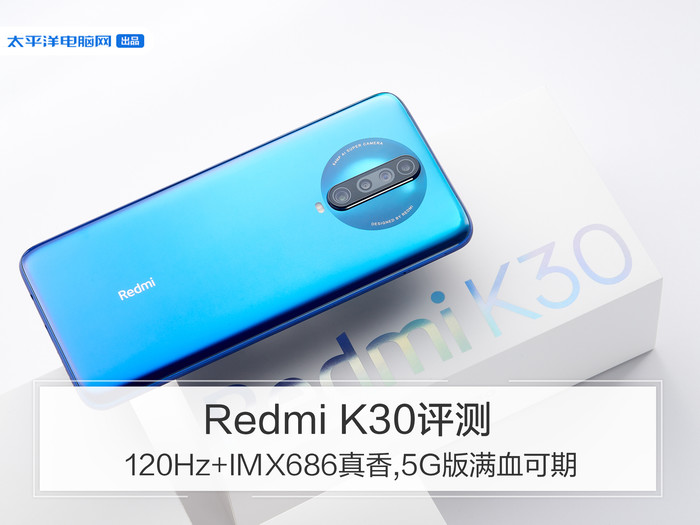
List of configuration parameters.
Redmi K30, there are so many amazing things in the configuration: 6.67in double-punched 120Hz refresh rate screen, fragrant! The first Sony IMX686 sensor smells good! Combined with the main sales configuration 6+128GB, 8+128GB price: 1699 yuan and 1899 yuan, this 4G flagship mobile phone at the end of the year is fragrant. How do you feel about the actual use of this phone? Please see the decomposition below.
Appearance: 3D four-curved surface, “bright eyes” design.
The first moment you got the Redmi K30, you were intoxicated with the excellent feel. 3D four-curved design, so that it has the slender size of 165.3×76.6×8.79mm, with 4500mAh super-large capacity battery, 208g full weight of the fuselage.
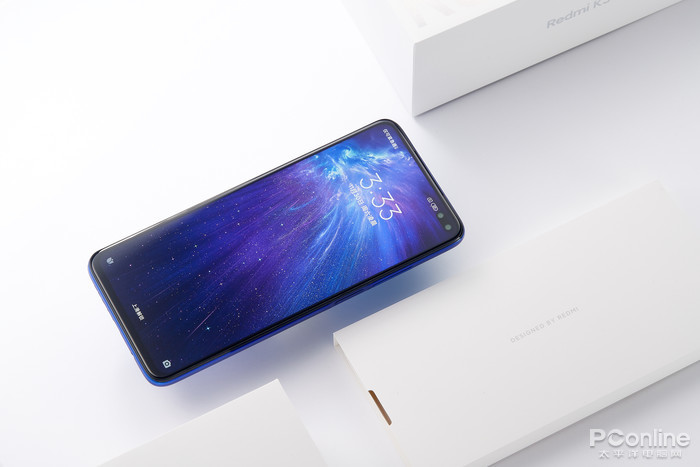
On the front of the phone, the Redmi K30 features a 6.67-inch double-hole full screen with a resolution of 2400 to 1080, combined with the 20:9 screen ratio for both comfort and visual perception.
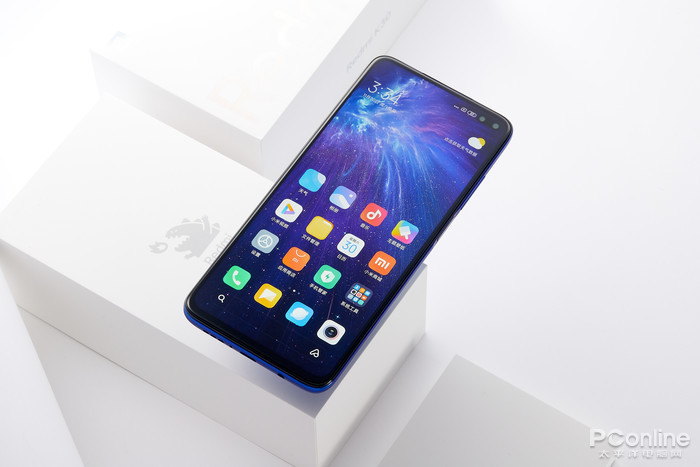
On the Redmi K30, the second generation double-digging screen technology is adopted. The ultra-small aperture of 4.38mm and polar narrow bezel, bring a higher screen share.
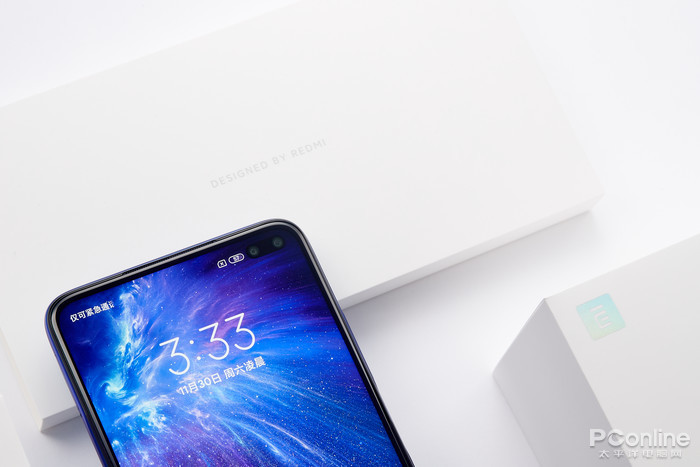
In addition to the ultra-small aperture double-punching process, the refresh rate parameters of this screen are also very amazing: 120Hz. High refresh rate screen can not only improve the sliding and smooth experience of users, but also greatly improve consumers in terms of games and video viewing. At present, only some professional e-sports phones on the market are equipped with 120Hz screens, and Redmi’s move is tantamount to opening ahead of time the battle for high screen refresh rates in 2020.
In use, sliding operations such as swiping up and down of the mobile phone interface and rapid drop-down of Weibo, this process goes smoothly without delay, especially when watching some local resources with high frame rate, the movie watching experience brought by 120Hz refresh rate, especially the fight scenes of action movies, is really a feast for the eyes.
Coming to the back of the fuselage, the “bright eyes” design of the Redmi K30 makes it very recognizable to walk in the street. The deep-sea shimmer we have on hand uses a highlight process, from sky blue to dark blue, and finally a slight purplish gradient, adding a touch of mystery to it.
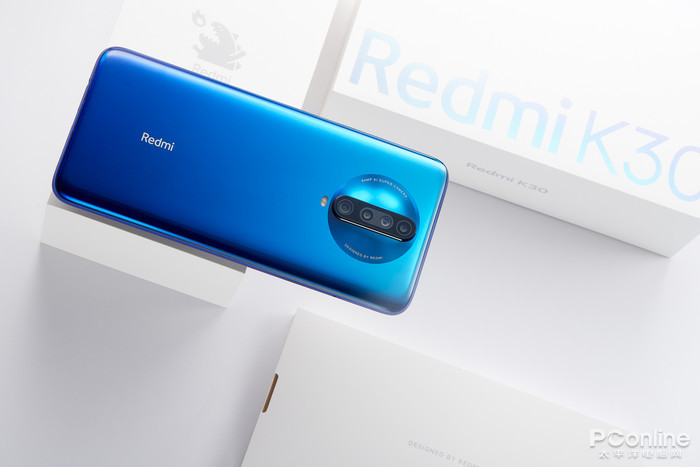
In the camera part, the specular highlight design is used to reflect the various aspects of life; the vertical arrangement of four cameras, using the upper and lower symmetrical design, further enhances its sense of design.
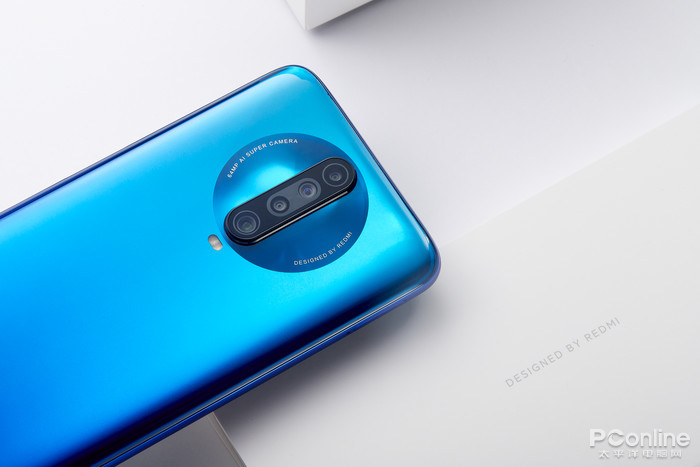
In the frame of the fuselage, the Redmi K30 adopts the design of the combination of power keys and physical fingerprint buttons, which is more in line with the user’s daily operation logic and has higher unlocking efficiency. At a time when the USB Tpye-C interface is becoming more and more popular, Redmi still wants to keep the 3.5mm headphone port for the K30, making it easy for users to change their favorite headphones.

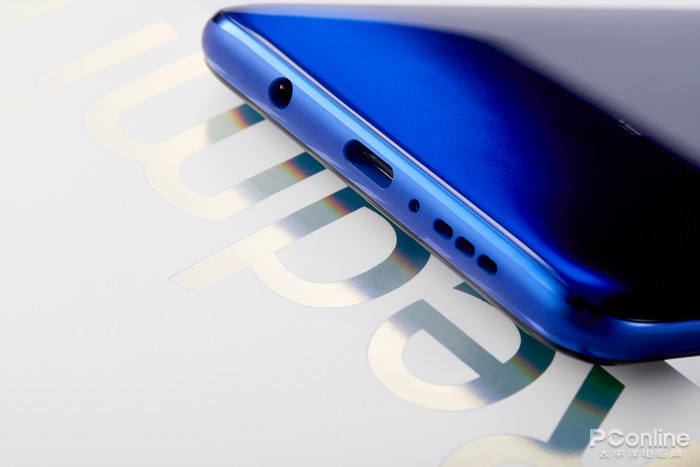
Photo: Sony IMX686 debuts.
The appearance is very recognizable, the screen is very domineering, then the world’s first Sony IMX686 sensor, that is the greatest sincerity that Redmi K30 shows.
The quad camera system used by Redmi K30 is named AI SUPER CAMERA by Redmi. It consists of a 1.7inch, 64 million-pixel Sony IMX686 sensor, a 8 million-pixel, 120 °ultra-wide-angle camera, a 2cm ultra-macro lens and a virtual portrait lens, covering all aspects of users’ lives.
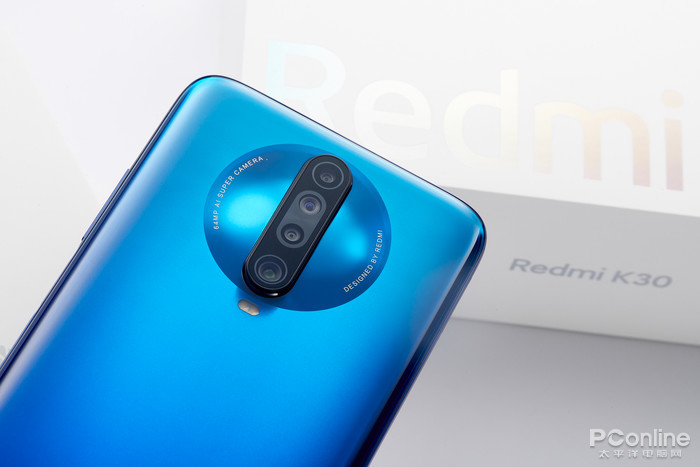
And this Sony IMX686 sensor, compared with today’s mainstream Sony IMX586, has many advantages in terms of parameters. First of all, in terms of sensor size, Sony IMX686’s 1ax 1.7-inch sensor, which has a larger photosensitive area than 1ax 2.0 inch, still has a 1.6 μ m single pixel area after a 4-in-1 pixel synthesis. Shooting scenes in dark light can take pictures with less noise and less smear.
In the front camera, the use of 20 million pixels + 2 million pixel virtual lens, with thousands of people thousand faces AI beauty, panoramic selfie, front movie mode, greatly increased the playability of the front camera.

Of course, taking pictures is not only to spell the camera parameters, but also to optimize the spelling algorithm, and the standard of evaluation is naturally the quality of the sample.




Let’s first talk about the photo experience of the Redmi K30 in 16 million pixel mode. In the normal 16 million pixel shooting mode, the increase of 4 million pixels will not have a great impact on the computing power of the phone, indicating that where to play is still daily; after two years of development of AI scene recognition, the recognition of the scene and the optimization of the color of the photo have risen to a new height, whether it is food or food, can identify a similar scene. What is more worth mentioning is that in the course of this test, two software improvements of Redmi K30 must be liked by us. The first is that after turning on the super-macro mode, the AI scene recognition of the phone will not fail, but will be working all the time, making the super-macro photos have a better texture (PS.). The ultra-long distance photo is only 2 million pixels after shooting); the second is that in the album editing function, you can choose to add or remove the watermark later to meet the different distribution needs of users’ moments.
After talking about the main photo shoot and some small thoughts on the add-on software, let’s take a look at the ultra-wide-angle camera of the Redmi K30.
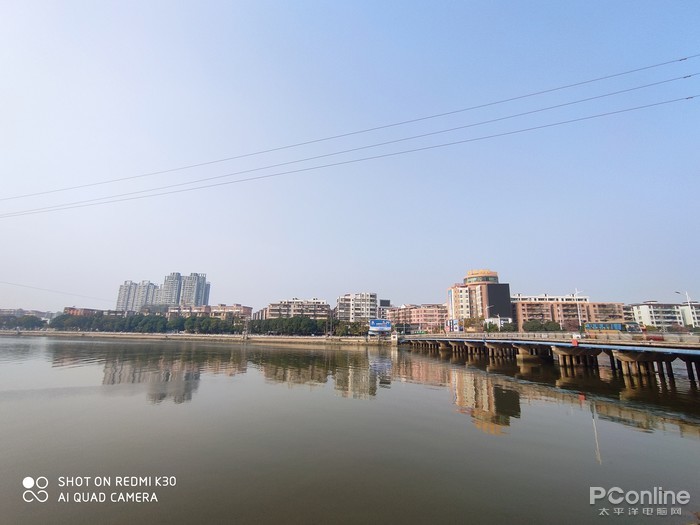
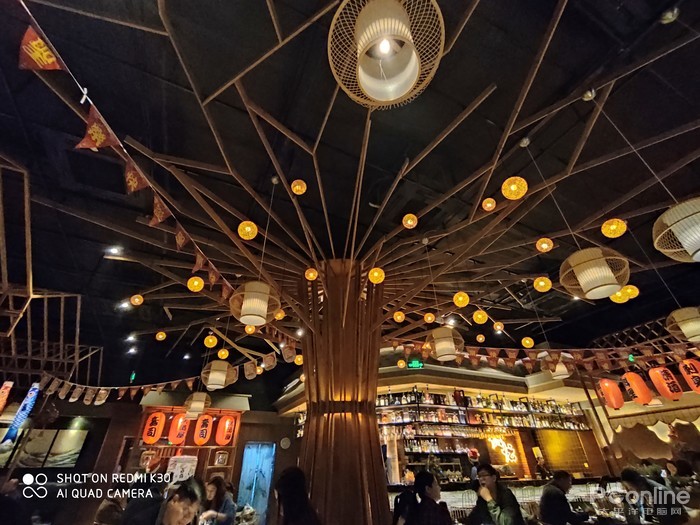
The Redmi K30 is a 8 million-pixel ultra-wide-angle camera with a maximum viewing angle of 120 °and can accommodate more views in the same location. In the daily shooting process of this camera, the resolution in the center of the picture is very good, and the details are well preserved, but the image quality decreases rapidly at the edge, and the uniformity of the ultra-wide-angle camera needs to be improved. But on the whole, this ultra-wide-angle camera is also praiseworthy in products at the same price.
After talking about the ultra-wide angle, the next thing I’m going to talk about is definitely the 64 million-pixel mode of the Redmi K30. Once the mobile phone camera uses high pixels, it has to face the first problem: the computing power of the phone. The Qualcomm Snapdragon730G, of the Redmi K30 pulls up the 64 million-pixel Sony IMX686 effortlessly, and it is commendable that it takes a long time to process and record a photo because of the high pixels. Second, the Redmi K30 outputs a 64 million-pixel photo, which is a staggering 20m, four times the size of a 5m photo with 16 million pixels. Similarly, AI scene recognition still cannot be turned on in high pixel mode.
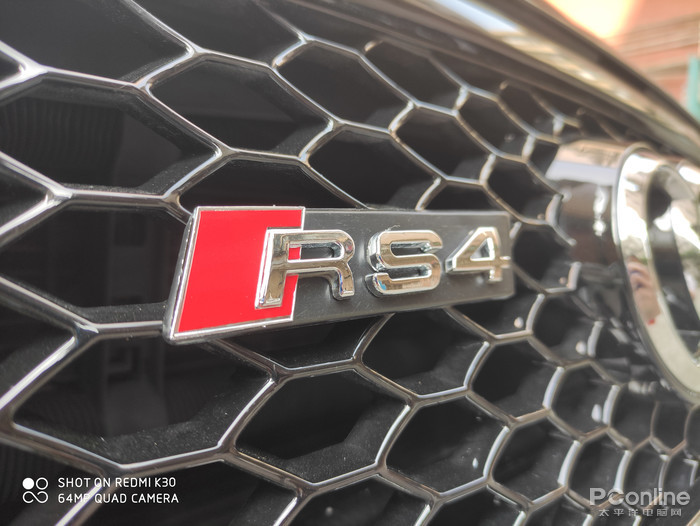
Redmi K30 64 megapixels.
In the sample comparison of 64 million pixels and 16 million pixels, regardless of the difference in exposure and white balance, the 64 million-pixel photos of Redmi K30 can retain more object information, making the whole picture look better.
Compare by intercepting the same part in the center of the picture. Because of its high pixel advantage, 64 million pixels can retain more details of the picture, especially in some small scratches on the nameplate, 64 million pixel photos can be well displayed after magnification.
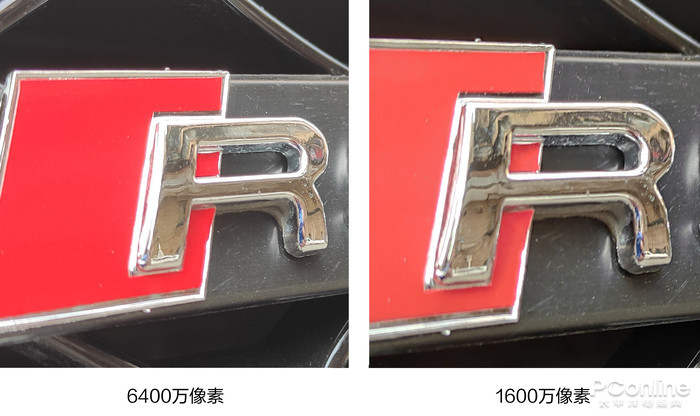
Apart from the daytime, what kind of surprise can the 1.7inch sensor bring to everyone in the night scene?
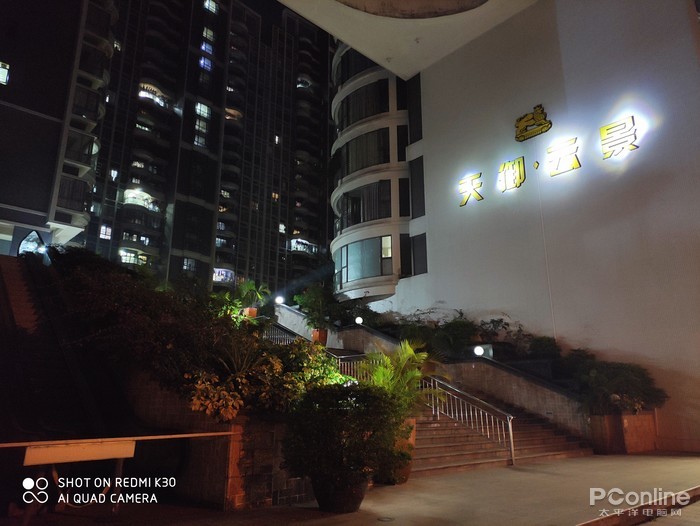
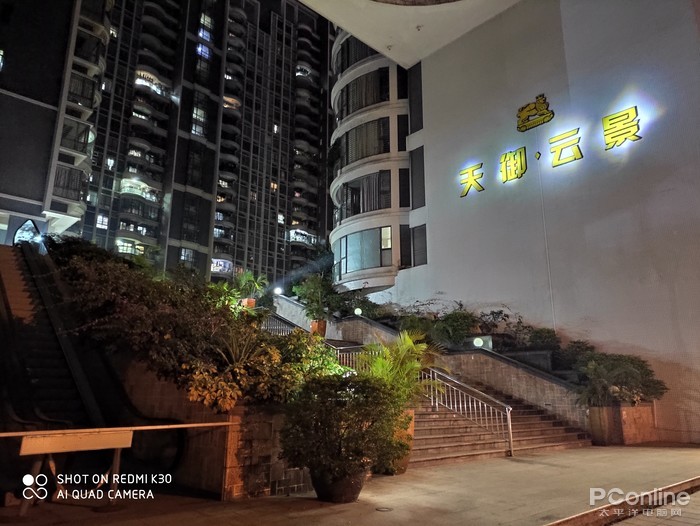
After turning on the night scene mode, the overall picture brightness of the photo has been improved to a certain extent, and the highlight has been better controlled, and the over-exposure of the highlight has not occurred; due to the increase of exposure time, the dark part of the picture has also been brightened to a certain extent. As a first sensor, Redmi still has some room to improve the optimization of this sensor: the image quality of the dark part of the picture is still not pure, some visible smears still appear, but the overall image quality is still at the same price level. I believe that through the continuous polishing of the algorithm of this sensor, the photo quality of Redmi K30 will be greatly improved in the later stage.
Performance: Qualcomm Snapdragon730G, excellent heat dissipation.
The Redmi K30 is equipped with a Qualcomm Snapdragon730G processor, which is made for games. Platform, the built-in Kryo 470 CPU uses the latest arm Cortex technology, achieving a 35% performance improvement. Its integrated enhanced Adreno 618GPU, performance is 25% higher than Snapdragon710, graphics rendering speed is 15% higher than Snapdragon730, and the fourth generation multicore Qualcomm AI engine is introduced, as well as a new Hexagon tensor accelerator specifically for AI processing.
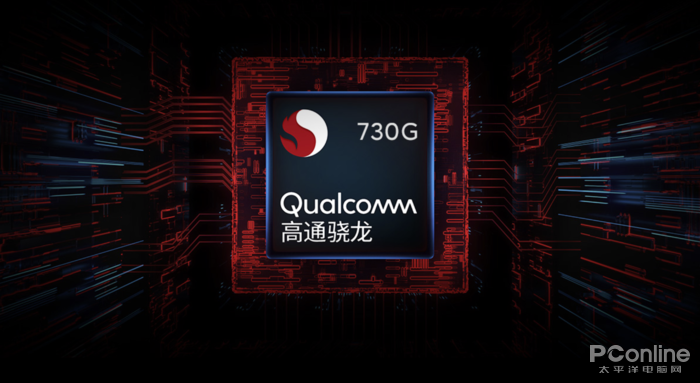
Of course, when it comes to mobile phone performance without running scores, I always feel that there will be something missing. Among the two performance running software, Redmi K30 scored 275928 points on AnTuTu and Lu Masters 255085 points.
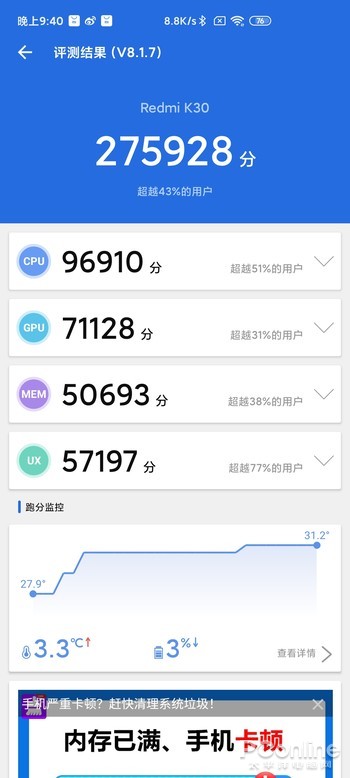

Of course, the running score is only a digital quantification of the performance of the mobile phone, and the actual use experience is the grindstone to evaluate the value.
First of all, of course, the hottest mobile game nowadays-Game for Peace. Unfortunately, in the current firmware and game version adaptation, the Redmi K30 can not turn on 120Hz game mode, which has to be said to be a pity. I believe that later Redmi will make up for this regret for us. In the course of the game, the image quality is set by default to high definition and high frame number to turn on anti-aliasing, and there is no obvious frame drop in the picture with Game Turbo, throughout the game; the whole plate of chicken comes down, the phone does not have obvious fever, and the independent liquid cooling system plays its due role.
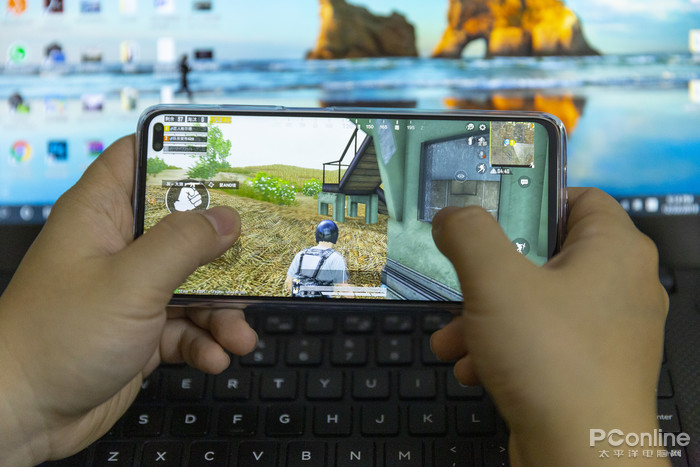
In the adaptation of the double hole screen, “Game for Peace” has done a very good job, leaving a gap between the top and bottom of the edge of the screen directly, so that no matter how you hold it, the display items on the left and right sides will not be blocked; coupled with its ultra-small aperture punching, Redmi K30 is perfect in the game display effect.
System: convenient and familiar MIUI 11.
In the budding period of Android in China, MIUI, as the first to enter the senior system of brushing, accumulated a large number of users, and became the soul of domestic mobile phone players to buy a phone: can you brush MIUI? The legend of “everything based on MIUI” has also appeared in the domestic airplane circle. After years of development, MIUI 11 has come.
Redmi K30 is equipped with MIUI 11 system based on Android 10 version, which is deeply customized and optimized with its 120Hz screen refresh rate. It is convenient and familiar no matter how to slide or operate.
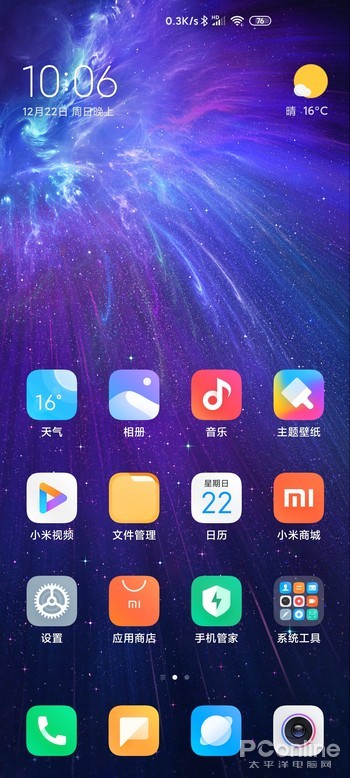
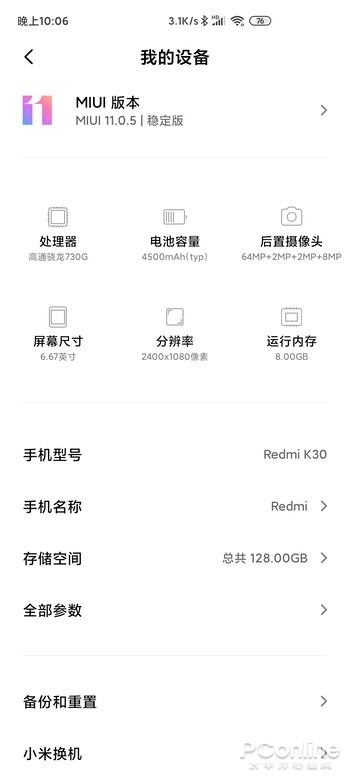
Of course, in addition to the excellent system accumulation and user base, there are still many other systems on MIUI 11 that can be used for reference.
In terms of the most mature and extensive mobile phone electronic wallet function in China, Xiaomi wallet is absolutely in the forefront. Whether it is a rich bus card function, or almost full-domain NFC function, or every time 62, double 11, double 12 Mi Pay, used as wool wool these can almost let the user in hand, all the cards.
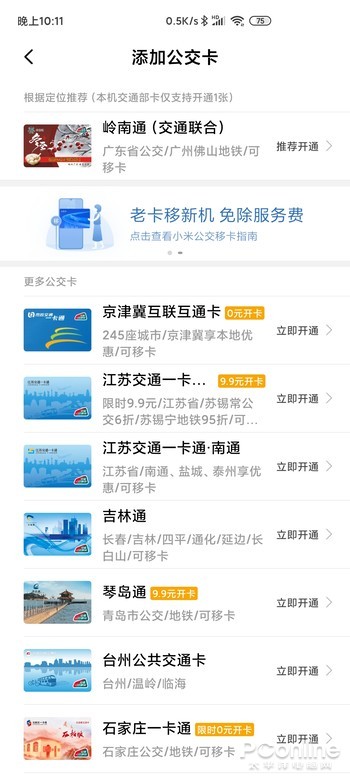

Xiaomi bus cards cover a wide range of areas, and many cards even offer a discount of 0 yuan.
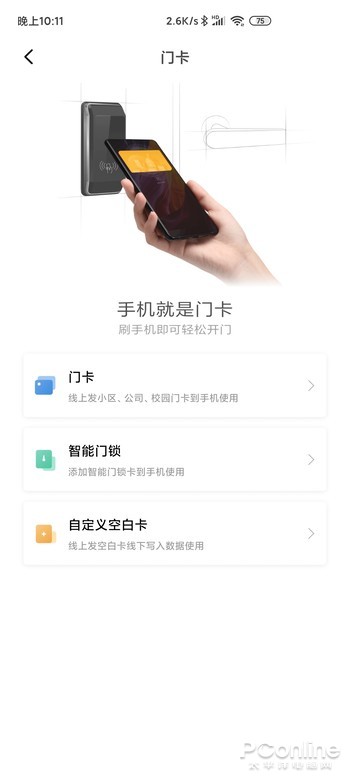

Convenient NFC function & extensive bank card support.
If what Xiaomi wallet can do is to master all the bus cards, access cards and bank cards in one machine, then Mijia is to make your home life smart. In the domestic all-IOT industrial chain, many enterprises have a meter word, which is enough to see its industry status.
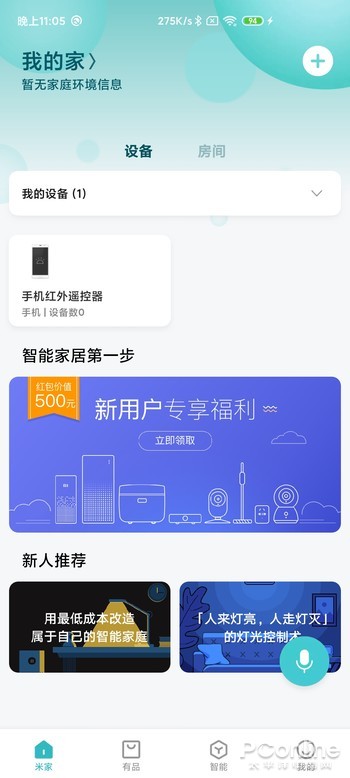
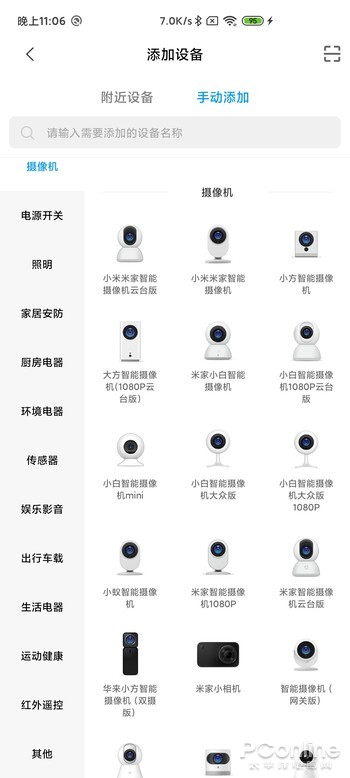
With a wide range of products, frugal pricing by people, and an open ecological attitude (Android phones that can be equipped with Mijia APK, iOS can also enable full functionality within its authority), Mijia will really be an important tool for the future development of Redmi.
Xiaomi mutual transmission is an important move for Redmi K30 to span dual screens (notebook screen and mobile phone screen). More importantly, Xiaomi mutual transmission is not only aimed at the relationship between Xiaomi and Redmi, but also can realize cross-brand fast intertransmission service on vivo mobile phone, realme mobile phone and OPPO mobile phone.
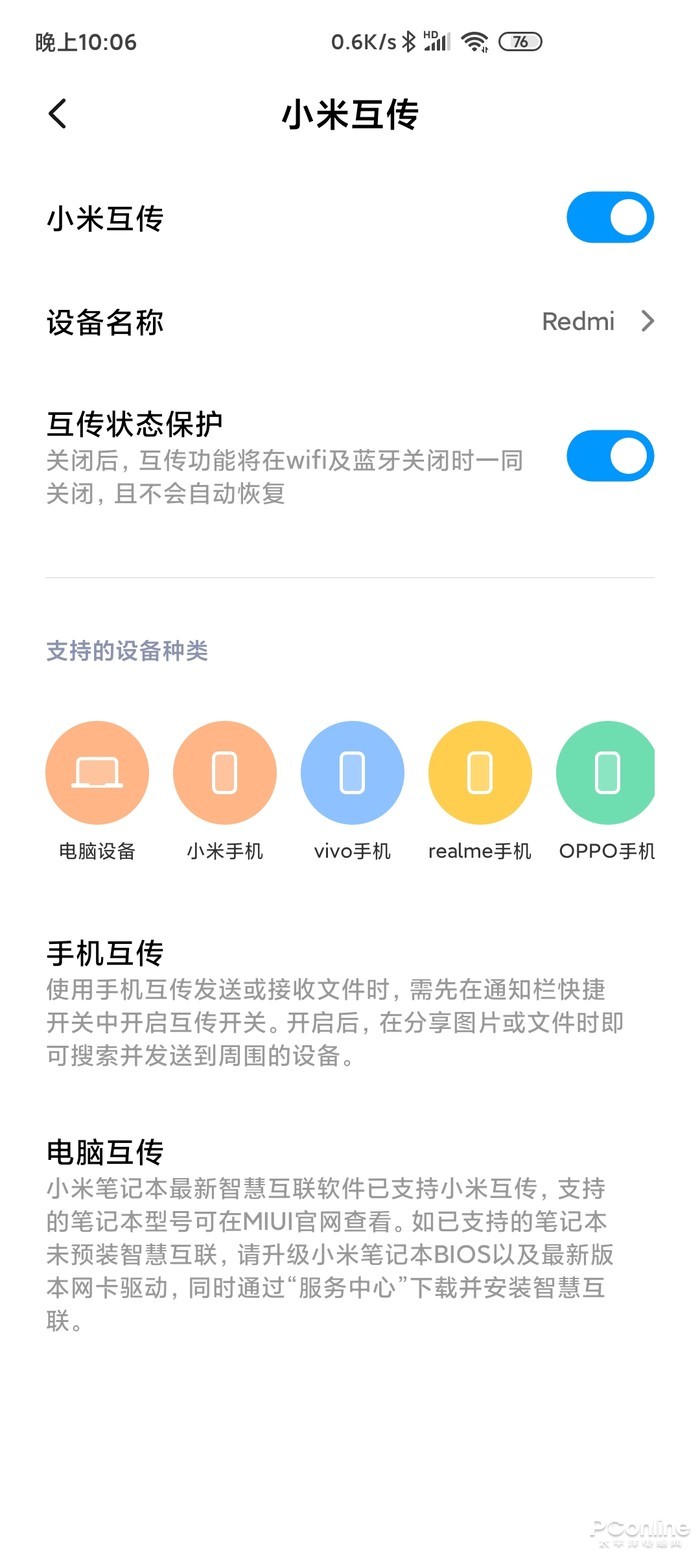
In the mutual transmission alliance, various brands of mobile phones to achieve fast, barrier-free file transfer, to achieve data migration “touch-and-touch”.
Conclusion: after the arrival of the 5G version, the aroma is more powerful.

After in-depth contact with the Redmi K30, in the face of such a topical price, cooperate with the configuration of the 5G era in 2020-120Hz screen, Sony IMX686, can be said to be a bucket machine, flagship machine that can not find obvious faults.
If you have to pick a bone in an egg, it is that the version currently on sale still supports only 4G networks, and the 5G version will not be available until January 2020. But it was a month between release and launch that gave Redmi more time to fix the new technology tested on K30. I believe that after the arrival of the 5G version, Redmi K30 will only be more fragrant. Let’s wait and see.
 |
Extensive Product Selection● Over 300,000 products ● 20 different categories ● 15 local warehosues ● Multiple top brands |
 |
Convenient Payment● Global payment options: Visa, MasterCard, American Express ● PayPal, Western Union and bank transfer are accepted ● Boleto Bancario via Ebanx (for Brazil) |
 |
Prompt Shipping● Unregistered air mail ● Registered air mail ● Priority line ● Expedited shipping |
 |
Dedicated After-sales Service● 45 day money back guarantee ● 365 day free repair warranty ● 7 day Dead on Arrival guarantee (DOA) |









